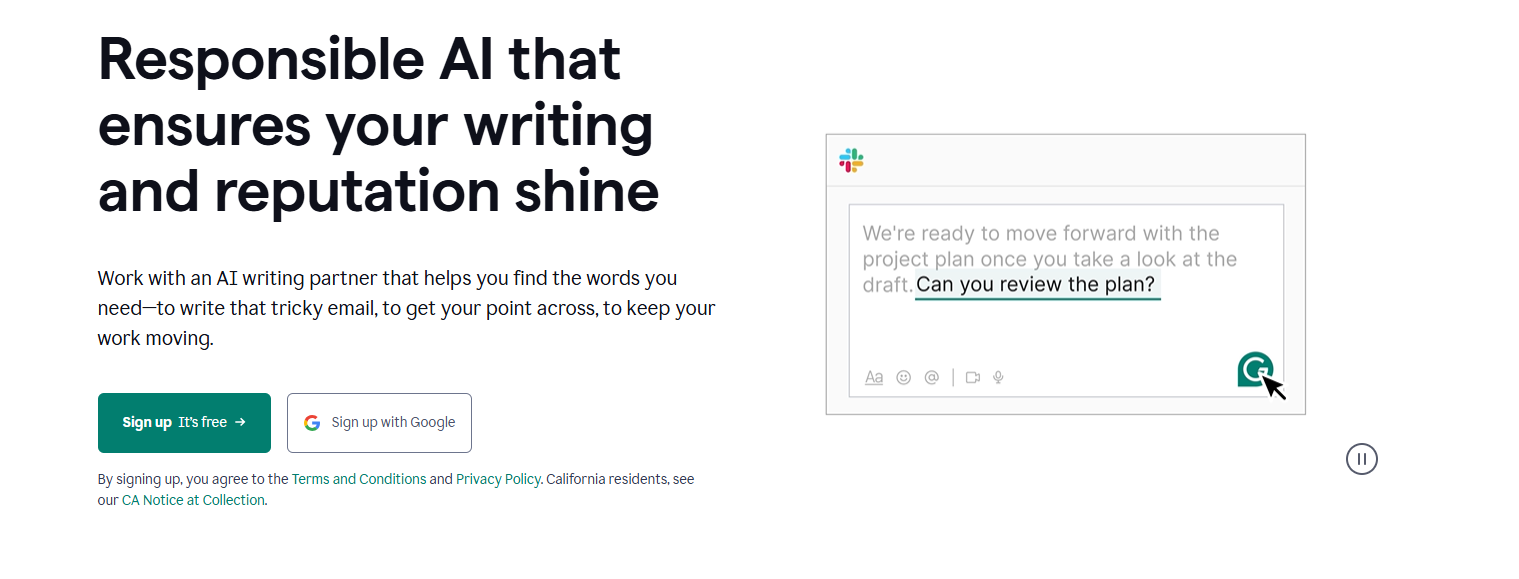Community
How to successfully build and scale an AI-Powered SaaS startup
The rise of AI in SaaS
AI is revolutionizing the SaaS industry, enabling companies to automate tasks, enhance user experience, and gain a competitive edge. However, integrating AI effectively requires strategic planning from the outset. Simply adding AI as an afterthought rarely leads to a successful product.
Why Invest in an AI-Powered SaaS?
- Smarter automation to improve efficiency and reduce operational costs.
- Competitive advantage in a rapidly growing and evolving market.
- New possibilities that weren’t feasible before AI-driven innovation.
Yet, building AI SaaS products comes with challenges—expensive AI model training, privacy concerns, and the risk of building AI features that don’t deliver real value.
This comprehensive guide will walk you through the 15 critical steps to build, launch, and scale an AI-powered SaaS startup.
1. Validate Your Idea with Real Market Research
Before writing a single line of code, ensure there’s actual demand for your idea.
- Conduct market research to identify pain points.
- Interview potential users to validate demand.
- Analyze competitors to find market gaps.
Real Case: OpenAI’s ChatGPT gained traction because users were already struggling with content creation, coding assistance, and automation. It wasn’t built in a vacuum; the demand was evident.
2. Define Your Core AI Features
Not all SaaS products need AI. Clearly outline how AI will enhance your offering.
- Will it automate repetitive tasks?
- Will it provide personalized insights?
- Will it enable real-time predictions?
Example: Grammarly started as a simple grammar checker but evolved into a sophisticated AI-powered writing assistant that refines language based on context and tone.
3. Choose the Right AI and SaaS Tech Stack
Your stack must balance scalability, performance, and maintainability.
- Frontend: Next.js, React
- Backend: Node.js, FastAPI, Django
- Database: PostgreSQL, MongoDB
- AI Frameworks: TensorFlow, PyTorch, OpenAI API
- Hosting & Deployment: AWS, Vercel, Google Cloud
Example: Jasper AI uses OpenAI’s GPT models via API integration rather than building models from scratch, reducing costs and time to market.
4. Develop a Monetization Strategy
Decide on your business model early:
- Subscription-based (e.g., $29/month like Notion AI)
- Pay-per-use (e.g., API-based pricing like OpenAI)
- Freemium (Free basic features, paid premium features)
- Enterprise Pricing (Custom contracts for businesses)
5. Build a Prototype and Test with Real Users
Launch an MVP (Minimum Viable Product) with basic AI functionalities. Gather user feedback before scaling.
Real Case: Dropbox validated their idea with a simple explainer video before developing the full product.
6. Address AI’s Ethical and Privacy Concerns
AI SaaS products must comply with data privacy laws (GDPR, CCPA) and prevent biases in their models.
- Implement data anonymization techniques.
- Provide users with transparency on AI decision-making.
- Ensure AI predictions are fair and unbiased.
Example: Google’s AI ethics team ensures that AI models like Bard don’t propagate harmful biases.
7. Optimize AI Performance and Costs
AI models can be expensive to train and run. Optimize your infrastructure:
- Use pre-trained AI models instead of training from scratch.
- Deploy serverless AI (e.g., OpenAI API) to reduce compute costs.
- Implement model caching to speed up responses.
Example: Grammarly uses AI inference optimizations to provide real-time grammar suggestions with minimal latency.
8. Implement Secure Authentication and Multi-Tenancy
Ensure user data security with robust authentication and access control mechanisms.
- Use OAuth 2.0, JWT, or Firebase Auth.
- Implement role-based access control (RBAC).
- Support multi-tenancy for enterprise customers.
9. Create a Scalable Infrastructure from Day One
Many startups fail due to poor scalability planning.
- Use serverless architectures (AWS Lambda, Vercel).
- Optimize databases with caching (Redis) and indexing.
- Plan for global expansion with multi-region deployment.
10. Train and Fine-Tune AI Models with Real Data
Your AI is only as good as the data it learns from. Avoid relying solely on public datasets.
- Collect real-world user data (with permission).
- Continuously fine-tune AI models for accuracy improvements.
Example: ChatGPT improves with user feedback, constantly retraining its AI models.
11. Implement Strong Customer Support & AI Transparency
Users must trust your AI to use it effectively.
- Provide explainable AI outputs.
- Offer live chat and detailed documentation.
- Use AI-driven chatbots for instant support.
Example: Zendesk uses AI-powered automation to enhance customer support without replacing human agents.
12. Develop a Strong Go-to-Market Strategy
Your SaaS product won’t sell itself. Market aggressively:
- Use SEO-driven content marketing.
- Leverage LinkedIn, Twitter, and Reddit communities.
- Offer early-bird pricing and free trials.
Example: Notion grew by offering free premium accounts to students, creating viral adoption.
13. Build a Developer API (If Relevant)
If your AI SaaS could benefit from an API, offer it as a product feature.
- Provide comprehensive API docs.
- Offer free-tier access to encourage adoption.
Example: OpenAI’s API enabled developers to build AI-powered apps without creating their own AI models.
14. Plan for International Growth
Scaling globally requires localization and compliance.
- Support multiple languages.
- Ensure compliance with international regulations.
- Implement currency and regional pricing options.
Example: Canva expanded to over 100 languages, making it accessible worldwide.
15. Continuously Improve and Innovate
AI evolves rapidly—stay ahead by iterating on your product.
- Monitor user feedback and AI accuracy.
- Update AI models with latest advancements.
- Keep adding value through integrations and partnerships.
Example: Grammarly continuously releases new AI-powered writing tools to stay competitive.
Final Thoughts
Building an AI-powered SaaS is challenging but highly rewarding. By following these 15 steps, you can increase your chances of success. Focus on validation, scalability, and ethical AI usage to build a sustainable and innovative product.
Join to unlock full access and engage
Members enjoy exclusive features! Create an account or sign in for free to comment, engage with the community, and earn reputation by helping others.
Create accountMore from Bizznessia
Related Articles

The Importance of Understanding Architectural Patterns in Software Development
Building a Strong Foundation for Successful Business Solutions

N-tier architecture style
Understanding multi-tier architecture


